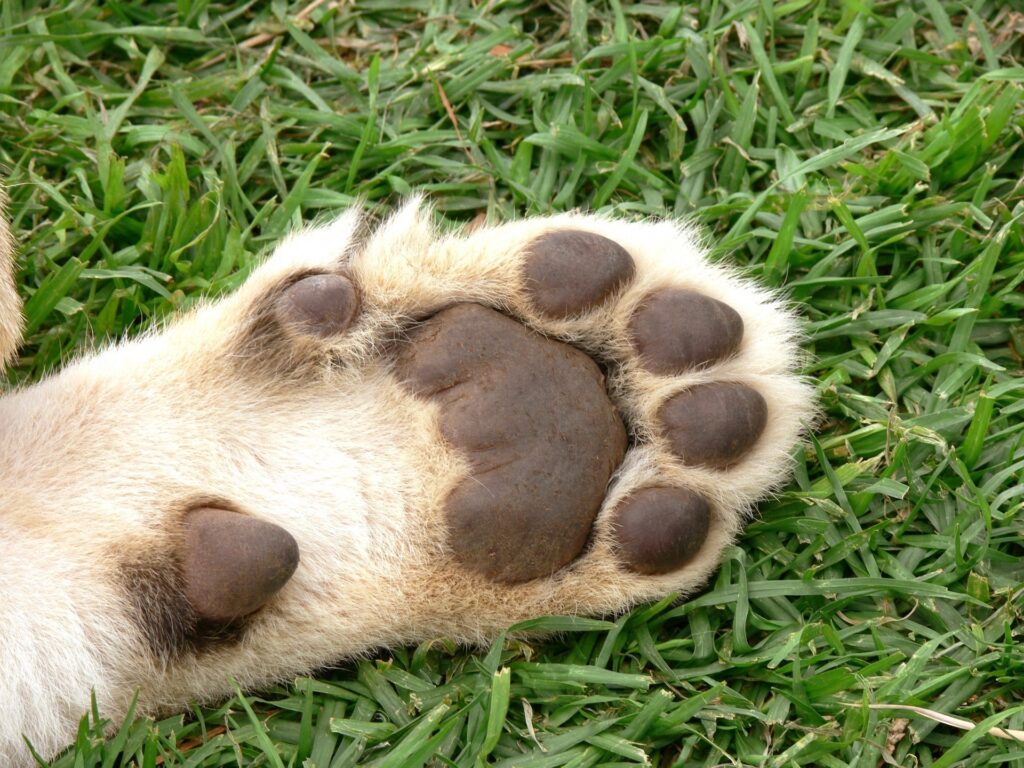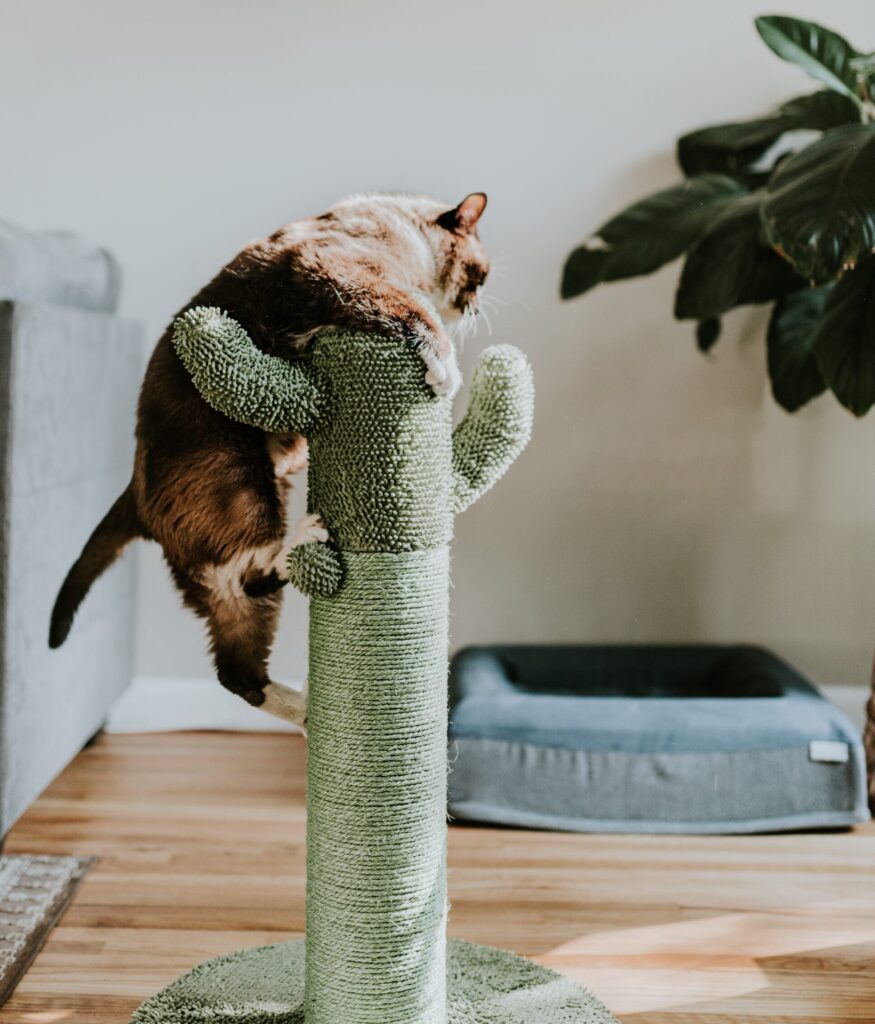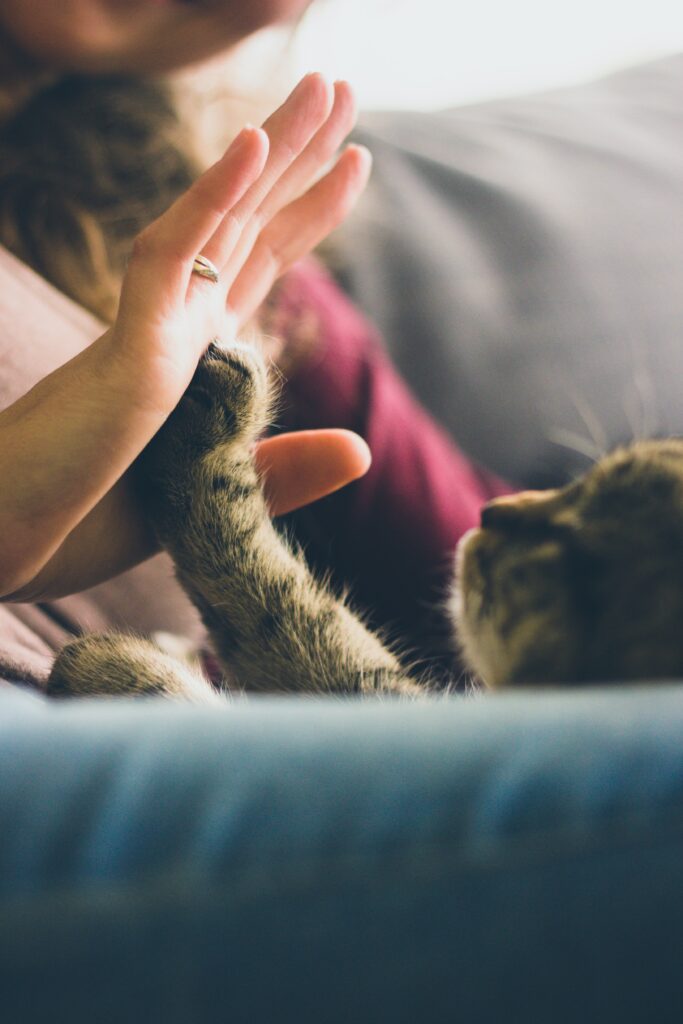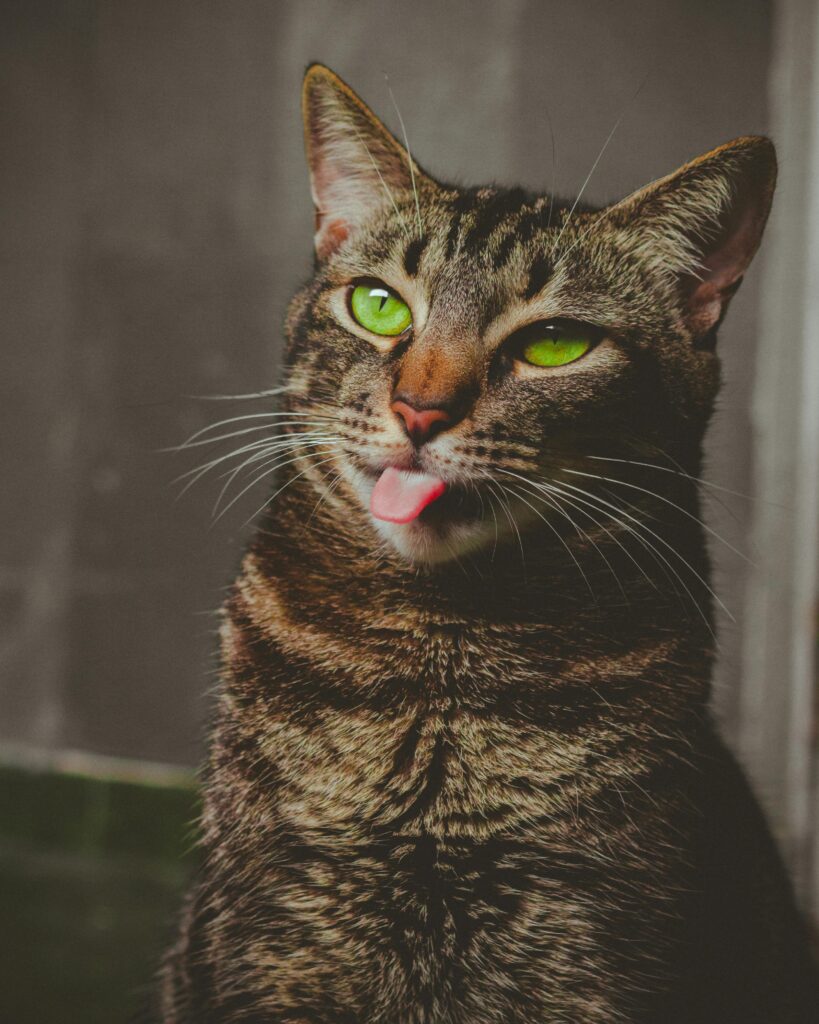The sense of touch in cats is a complex and crucial aspect of their development and daily lives. Just like humans, cats rely on touch to navigate their surroundings, communicate, and engage with their environment. In this blog post, we’ll explore the external and internal aspects of a cat’s tactile abilities, shedding light on their unique sensory experiences.
Common Cat Touch Behaviors
Cats often engage in intriguing behaviors involving touch. Have you ever wondered, “Why does my cat touch my face with her paw?” or “Why does my cat touch me with her paw?” These actions are common feline expressions of affection and connection. Whether it’s a gentle tap or a more deliberate touch, your cat is likely communicating a desire for closeness.
If you’ve ever asked, “Why does my cat touch my face when I’m sleeping?” or “Why does my cat reach out and touch me?” your feline friend may be seeking reassurance or simply expressing affection. Cats often use touch to convey emotions and strengthen bonds with their human companions.
The behavior of “Why does my cat touch my nose with his nose?” or “Why does my cat touch noses with me?” is a common feline gesture signifying trust and familiarity. Cats use nose-to-nose touch as a way to exchange scents, a form of social communication.
Curious about “What does it mean when a cat lets you touch its paws?” or “My cat meows when I touch her stomach”? Cats allowing paw or stomach touches typically indicate a level of comfort and trust with their owner. It’s a positive sign of the bond between you and your feline companion.
Wondering “How long after a cat has kittens can you touch them?” It’s essential to allow mother cats time to bond with their kittens before attempting extensive handling. Gradual introductions and respecting the mother’s instincts contribute to a positive interaction between humans and kittens.
Ever asked, “Why does my cat trill when I touch her?” Cats often vocalize, like trilling, as a response to positive stimuli. Your touch may evoke a contented and happy response from your feline friend.
Tactile Development
The sense of touch in cats begins developing even before birth, with fetuses responding to tactile sensations by 24 days of gestation. Kittens exhibit a cutaneous pain reaction within the first 4 days after birth. Tactile response is present at birth, and kittens show a preference for thermal and olfactory cues in their first week. Physical contact with the mother has a calming effect on young kittens.
Tactile Characteristics

In adults, tactile dermatomes are well-mapped, but skin sensitivity varies. Cats show a preference for being held firmly but not tightly, and their sensitivity to touch can vary among breeds and individuals. The presence of specialized tactile pads or touch areas, known as Pinkus’ plates, varies across the skin. Cats’ face sensitivity to radiant heat is lower than humans, allowing them to tolerate higher temperatures on their trunk. The vibrissae (whiskers) play a crucial role in sensory information transmission.
The vibrissae, or whiskers, are specialized thickened hairs with mechanoreceptors at their base. They come in various types, including mystacials (large whiskers on the nose), supercilliary (above the eyes), genals (smaller hairs on the face), and carpal hairs (on the back of forelegs).
Whiskers serve as a vital tool for cats during hunting and exploration. They are highly sensitive, detecting even subtle air currents. When hunting, facial whiskers take over from the eyes in close quarters, helping cats accurately detect and manipulate prey.
Cats' Feet Functionality
A cat’s feet play a crucial role in hunting, defense, and exploration. Highly sensitive, they contain a high density of mechanoreceptors, allowing cats to investigate novel objects by touch. Pacinian or Lamellar corpuscles in the deeper skin layers enable cats to detect vibrations through their foot pads.
Balance and Vestibular System

The vestibular system, located in the inner ear, is responsible for a cat’s sense of balance. It comprises semicircular canals and otolith organs. Cats have a unique configuration of semicircular canals, providing precise information about head movements.
Cats possess a remarkable “righting reflex,” allowing them to land on their feet during a fall. The vestibular system detects the fall instantly, enabling the cat to twist its body to face the ground. The flexible spine and strategically extending legs act as shock absorbers, contributing to the cat’s reputation for surviving falls from considerable heights.
A cat’s sense of touch is a multifaceted and sophisticated aspect of their sensory experience. From the early developmental stages to the specialized vibrissae and the incredible righting reflex, these tactile abilities play a crucial role in a cat’s daily life, helping them navigate their world with grace and precision. Understanding and appreciating your cat’s touch behaviors can deepen the bond between you and your feline companion.



